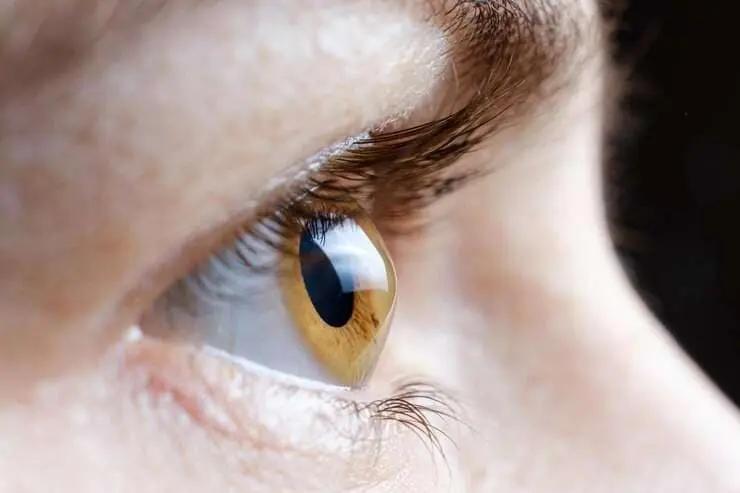Keratoconus causes distorted vision that cannot be corrected with eyeglasses.
Most cases of keratoconus become apparent during a person's teens or early 20s. It can affect one or both eyes.
Keratoconus symptoms and signs
As the cornea becomes more irregular in shape, it causes progressive nearsightedness and irregular astigmatism to develop, creating additional problems with distorted and blurred vision.
Glare and light sensitivity also commonly occur with keratoconus.
A person with keratoconus often experiences changes in their eyeglass prescription every time they visit their eye doctor.

What causes keratoconus?
New research suggests the weakening of the corneal tissue that leads to keratoconus may be due to an imbalance of enzymes within the cornea. This imbalance makes the cornea more susceptible to oxidative damage from compounds called free radicals, causing it to weaken and bulge forward.
Risk factors for oxidative damage and weakening of the cornea include a genetic predisposition, explaining why keratoconus often affects more than one member of the same family.
Keratoconus also is associated with overexposure to ultraviolet rays from the sun, excessive eye rubbing, a history of poorly fitted contact lenses and and chronic eye irritation.
Keratoconus Treatment
In the mildest form of keratoconus, eyeglasses or soft contact lenses may help. may help. But as the disease progresses and the cornea thins and becomes increasingly more irregular in shape, glasses and regular soft contact lens designs no longer provide adequate vision correction.



